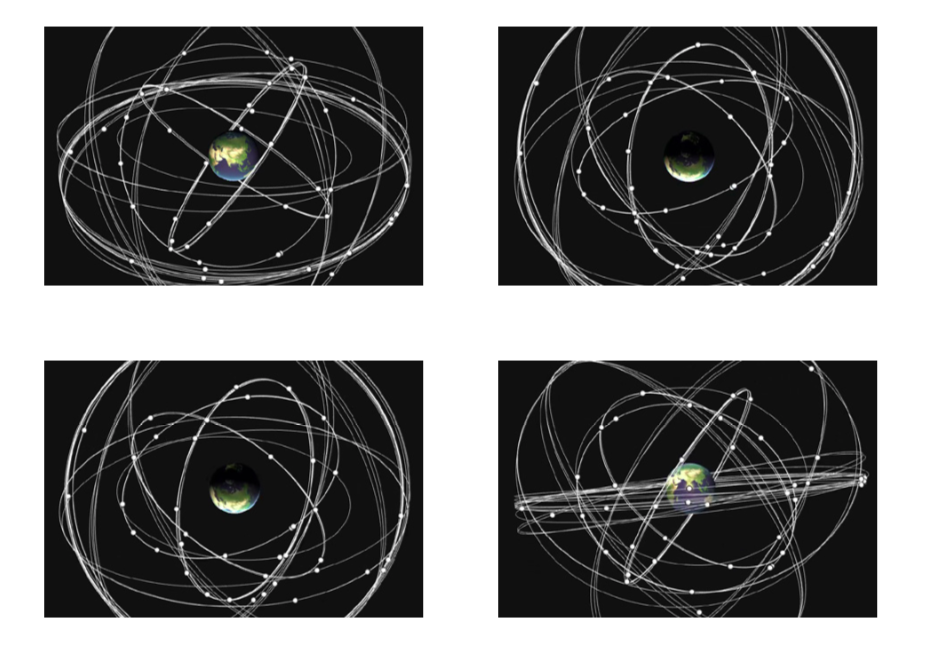Near-earth space objects monitoring system
VYMPEL Interstate Corporation has long-standing expertise in design of systems for near-earth space objects monitoring on the basis of optical, radiotechnical and radar technologies.

Its fleet of models and software tools ensures the following capabilities:
- design of systems and means for space monitoring,
- analysis of effectiveness and functional capabilities of existing and future space monitoring means and systems,
- modeling of the space environment and observation conditions for heterogeneous information means,
- development and study of characteristics of new algorithms for data processing, decision making and control using data from existing and future optical, radiotechnical and radar means of space monitoring,
- 3D visualization of space environment dynamics and events in the near-earth space.
VIMPEL Interstate Corporation has a closed complex of algorithms for data processing, decision making and control using data from existing and future optical, radiotechnical and radar means of space monitoring, including algorithms for:
- planning space object observations using heterogeneous information means for reliable updating of the space environment database,
- real-time processing of primary optical, radiotechnical and radar data for the detection and tracking of space objects and measurement of their coordinates and signal parameters,
- joint processing of data from heterogeneous information means and solving issues occurring during this process, including the issues of:
- identification of measurements with space objects from the database,
- initial determination of orbits and determination of confidence intervals for their parameter vectors (for any types of orbits, whether prior data is available or not available),
- prediction of the confidence interval for SO orbit parameter vectors for the classic and essentially non-Gaussian cases,
- highly accurate prediction of SO collisions and ground impacts.